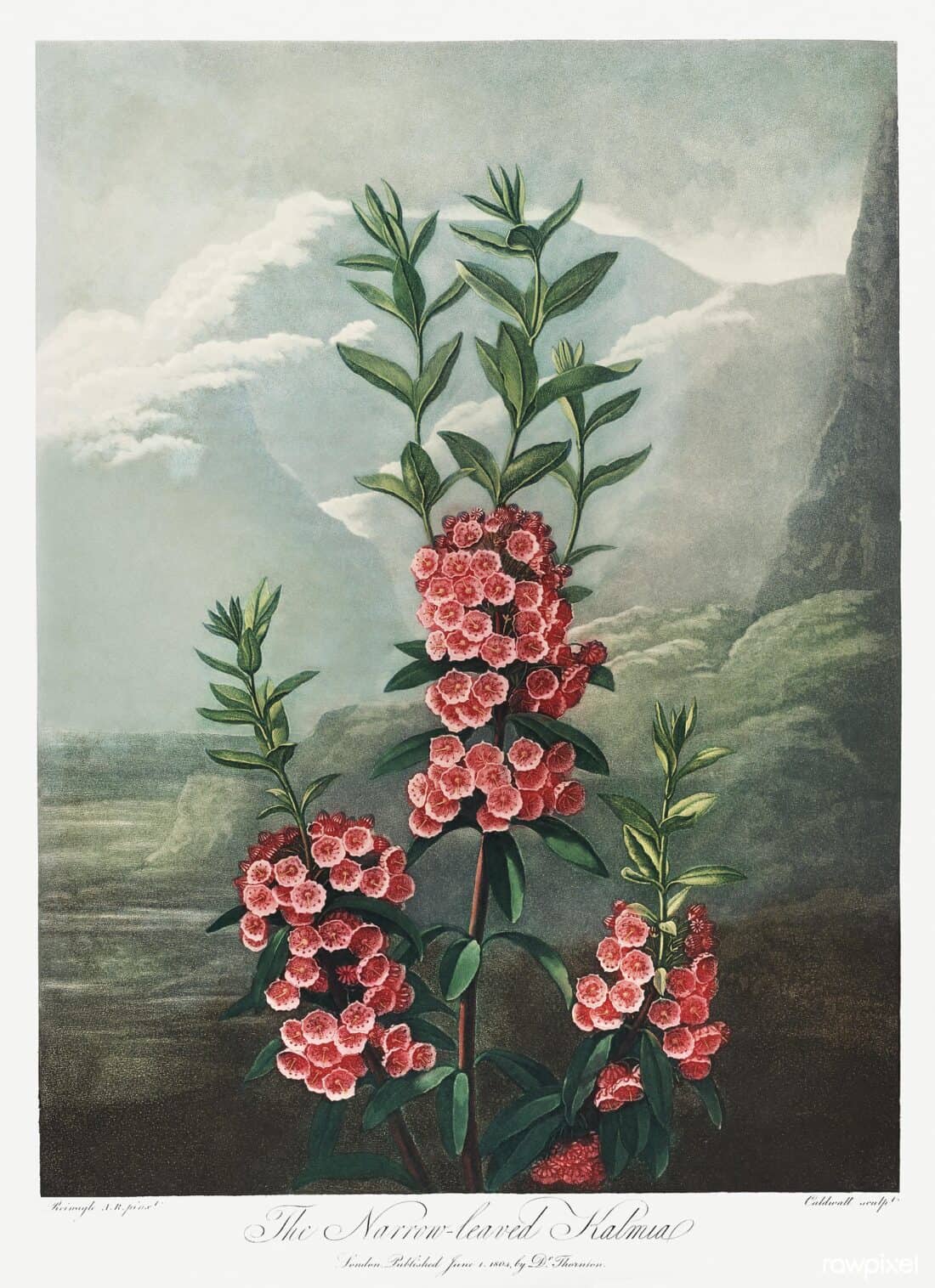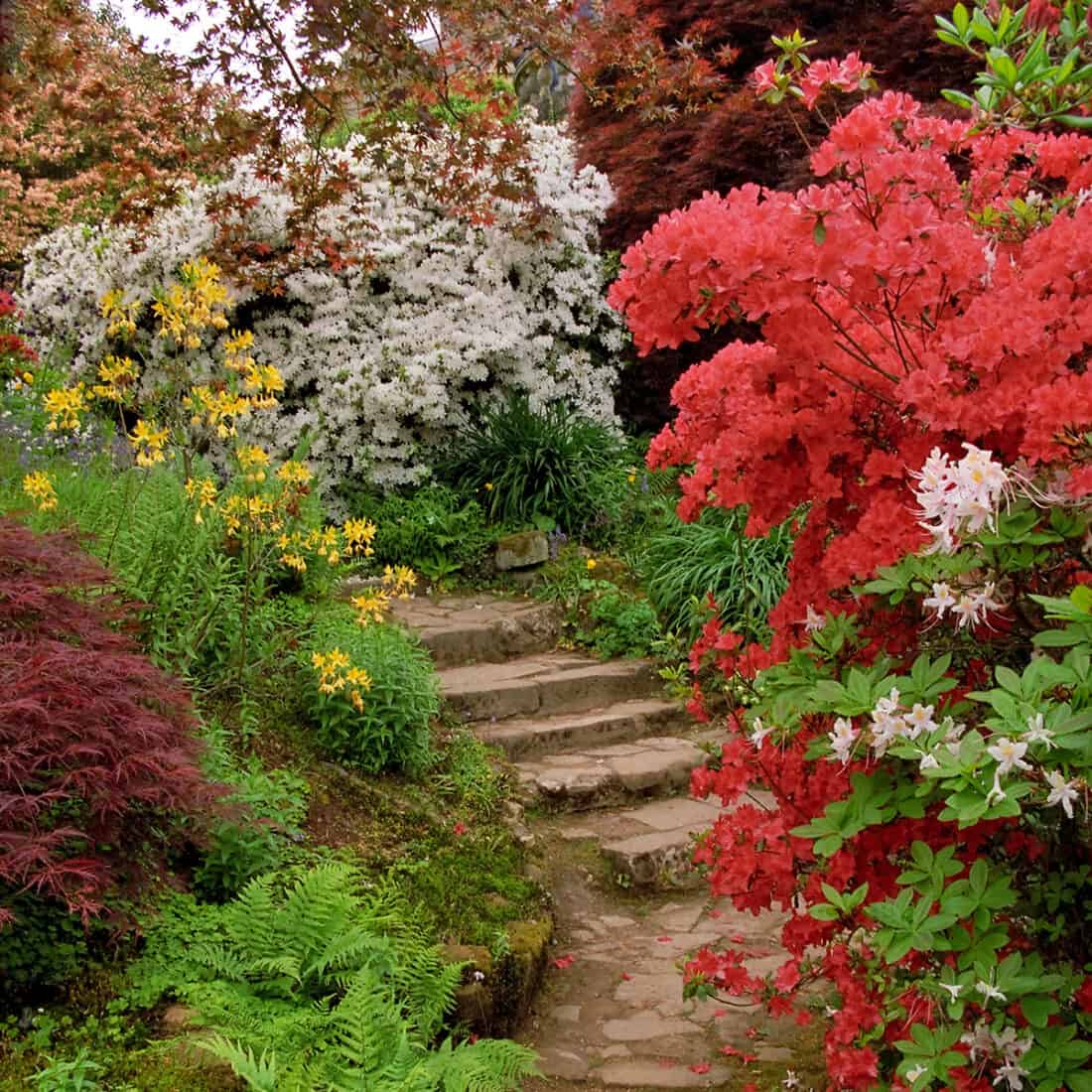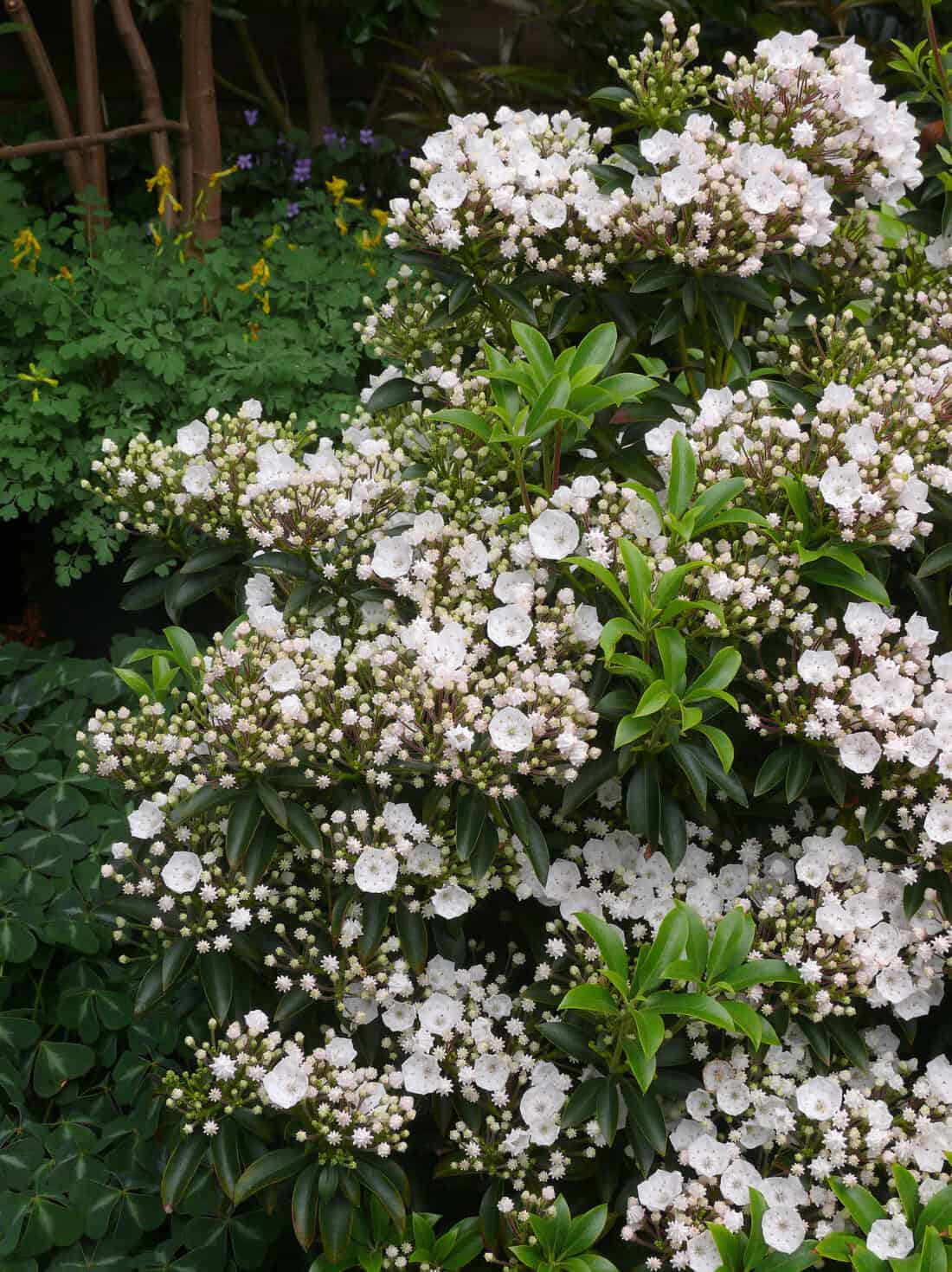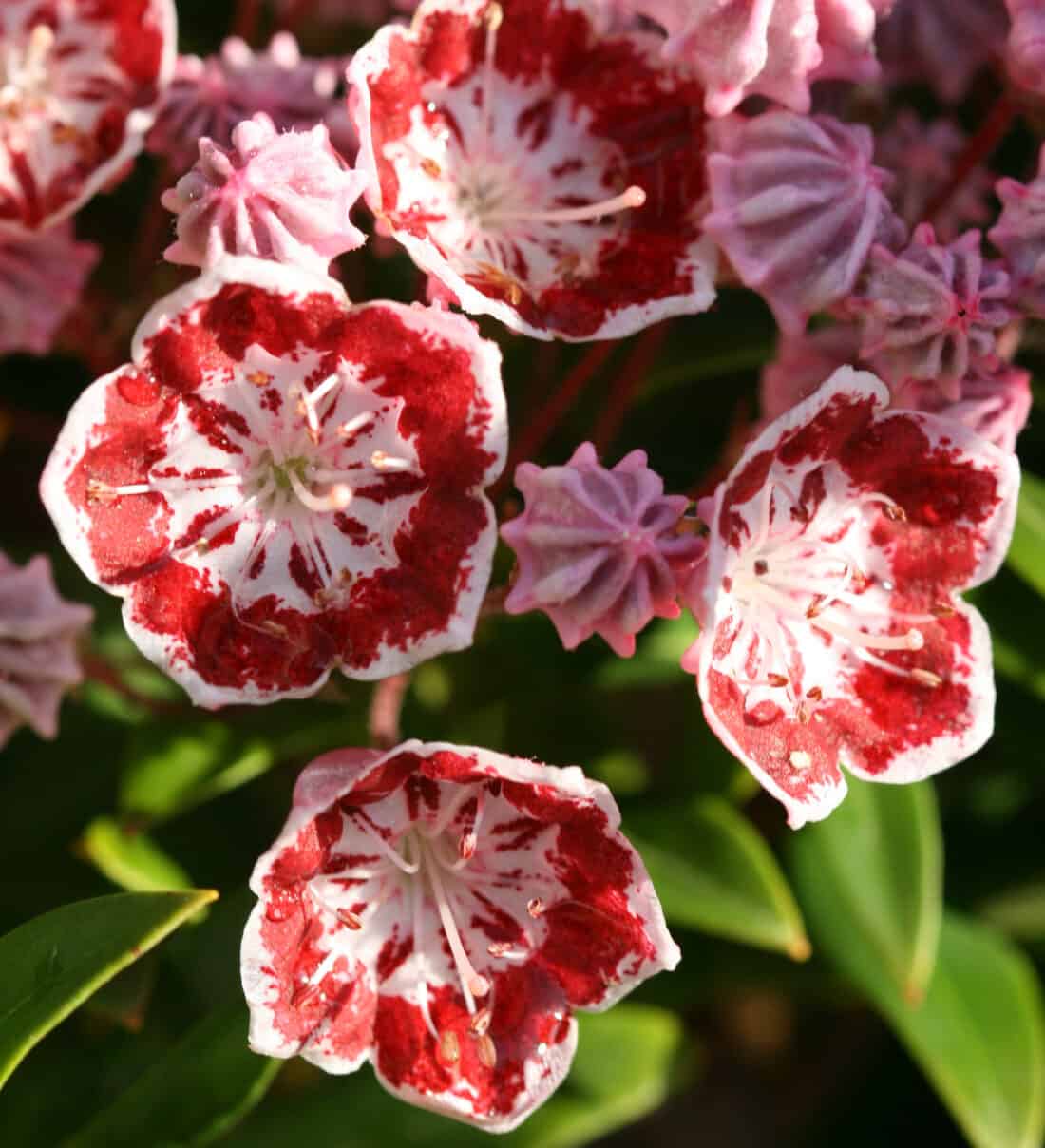I am a firm believer that if something (in this case – a plant, Kalmia latifolia) pops up on your personal radar more than once a week, then it is time to take notice. Call me superstitious, but I think there is probably a reason someone or something is trying to get your attention. Case in point: this week, I received an email from a colleague down south looking for Kalmia polifolia or bog laurel. I did not think that there was any reason to it and just tried to help him find the plant.

Then, on Thursday afternoon, we loaded our Honda Pilot and headed to Pennsylvania for a family get-together. Carrie’s family organizes a 3.5-mile running race every Father’s Day weekend. We do not miss the weekend as the race is named in honor of her late father, Irv (who competed in the Boston Marathon in the late 60s and early 70s when it was a much smaller race and running was an extreme sport).
I also like to run in the mountains with Irv’s old running club, Oregon East. The name of the running club comes from the University of Oregon, which had an awesome program in the late 1960’s and early 70’s.

That morning, we ran a route through the Tioga State Forest in the mountains of Central Pennslyvania, which summits at the High Knob Overlook. At the beginning of the run, I saw mostly Russian olive and Japanese barberry, both invasive plants, along the road.
But the vegetation began to change as we ascended the mountains. Near the very top of the High Knob summit, the forest edges were beautiful because the native Kalmia latifolia was in flower. I have not thought about mountain laurel much since moving to Maine, so the notion that Kalmia would emerge twice in one week makes me want to take notice.

Growing Kalmia Latifolia
It has been my experience that most people shy away from growing mountain laurel because it has a reputation for being somewhat finicky.
They are an underused garden shrub, and the floral display is well worth the effort.
We have a Rhododendron Garden at Coastal Maine Botanical Garden that would be the perfect spot to add more mountain laurels. The garden has dappled sun, is on a well-drained slope, and the soil is extremely acidic. These are the conditions you need for both Kalmia and Rhododendron to thrive.
Richard Jaynes is the founder of Broken Arrow Nursery in Connecticut and is renowned for his breeding work with Kalmia latifolia. I am reviewing their catalog to see which plants we should add this fall.

Do you have mountain laurel in your garden? Have you had to go to great lengths to make it survive and thrive?
-Rodney
Photos: Rodney Eason, Larry Ryan, cthort.com, brokenarrownursery.com
Kalmia (Mountain Laurel) Growing Notes from Rochelle:
Over the years, I’ve planted many Kalmia in clients’ gardens. They have been universally successful in suburban gardens, generally in shady corners, often where there is rocky or thin soil, and many times around the foundation of the house. Also – they tended to have irrigation during installation.
Despite these past successes, I have not had success with Kalmia latifolia (specifically the beautiful Minuet variety) in my own garden (yet). I planted a 3-gallon shrub (so a good size) away from the house in a partial shade. It has been two years, and I am not sure it will return this spring (it has been a classic slow-die sort of situation – the plant has never been happy where it is planted).
Some things I’ve noticed about Kalmia:
- I suspect that the reason that my own shrub is failing is because it is not moist enough. I will try again in an area where it is easier to water the plant until it is established.
- Additionally, something ate some of the branches early on – shortly after it was planted. I am unsure what animal might have done this – but I suspect a woodchuck. (Mountain Laurel tends to be deer-resistant)
- The new introductions have successfully improved the depth of the flowers. Varieties that I planted 20 years ago were much less showy because the flowers seemed to be set deep into the foliage where you couldn’t see them as well. Newer varieties have flowers closer to the edge of the plant.
- Kalmia latifolia ‘minuet’ is very eyecatching. I bought it because the detail of the flowers caught my eye from a distance.
My neighbor of six years ago planted a mountain laurel on her property which is as you described, dappled sun and acidic soil. She has since moved away and two other homeowners who completely ignored the plant have come and gone. Just yesterday I decided to enjoy some blooms as they are prolific on the plant. So beautiful. https://www.facebook.com/photo.php?fbid=624201227592988&set=a.163187817027667.42991.157757290904053&type=1&theater
Good to know about the acid soil.
I planted a pinkish red mountain laurel on a northeast slope next to my house about 6 years ago, and while it hasn’t perished, it hasn’t exactly thrived, either.
I will test the the pH level of the soil and amend if needs be.
It does have beautiful flowers, though, even if it doesn’t seem to grow much bigger.